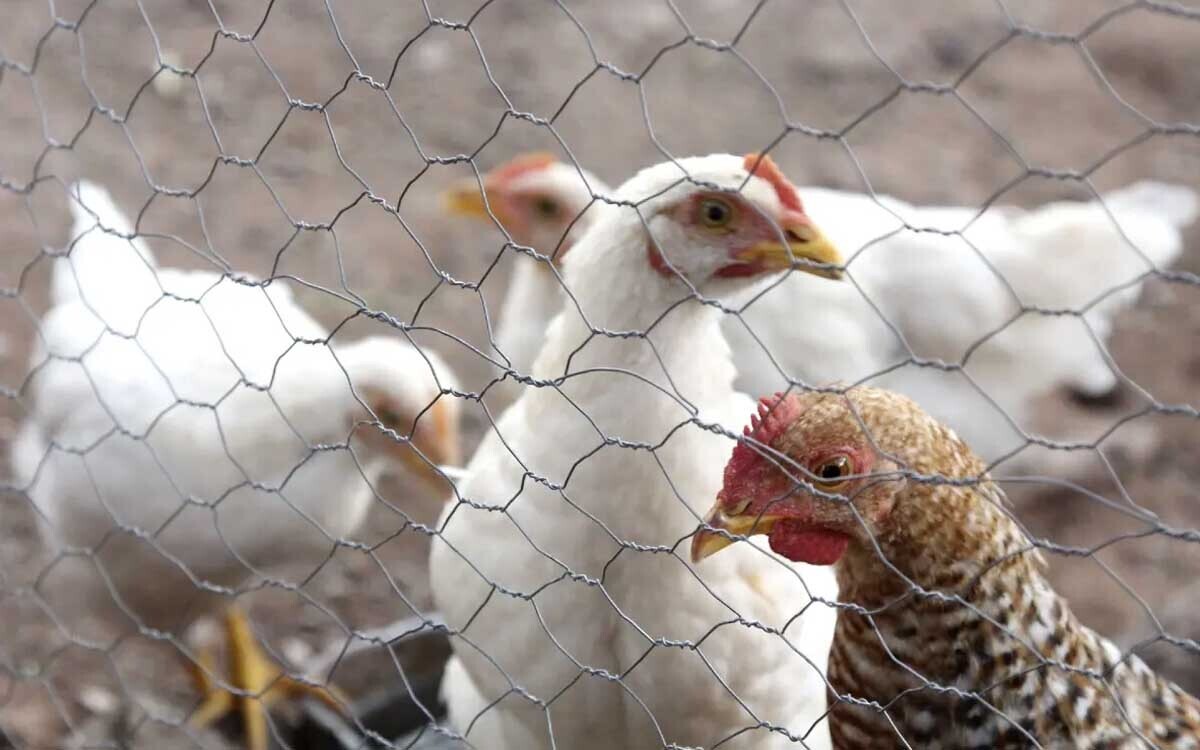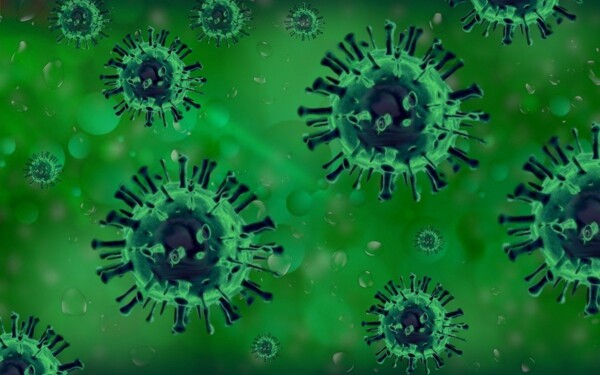
In the United States, restrictions have been imposed in several counties in California due to outbreaks in commercial flocks, while the World Health Organization and the Pan American Health Organization are closely monitoring the situation, given the high risk of the H5N1 avian influenza virus in birds and its zoonotic potential. To date, more than 900 human cases of this virus have been confirmed worldwide, with a fatality rate close to 48%.
Avian influenza, a viral disease affecting wild and domestic birds, with the potential to spread to mammals and humans, has gained relevance in Mexico with the first confirmed case of avian influenza A(H5N1) in a three-year-old girl in Durango, hospitalized in critical condition. The Health Ministry emphasizes that the risk of person-to-person transmission is low and that the consumption of well-cooked chicken and eggs does not pose a threat to health.
This disease has caused significant outbreaks worldwide since 2020, impacting poultry in Africa, Asia, Europe, and America. In the Americas, thousands of outbreaks of avian influenza A(H5N1) have been reported in 19 countries, including the United States, Canada, Brazil, Argentina, and Mexico, among others. Recently, the Ministry of Agriculture and Rural Development confirmed the detection of the AH7N3 avian influenza virus on a commercial farm in Marín, Nuevo León.
The identified virus is different from those found in poultry farms in other North American countries, and according to authorities, it does not pose a risk for the consumption of chicken and eggs. In response to this situation, a health protocol was activated to contain the outbreak, with constant monitoring within a 10-kilometer radius around the affected farm and sampling in other poultry units in the region.
Authorities are calling on poultry producers, veterinarians, and the general public to strengthen biosecurity measures on farms, such as preventing the entry of wild birds or harmful wildlife, restricting access for external individuals, inspecting facilities to prevent the entry of external agents, and ensuring that staff comply with hygiene standards when entering and exiting farms.











